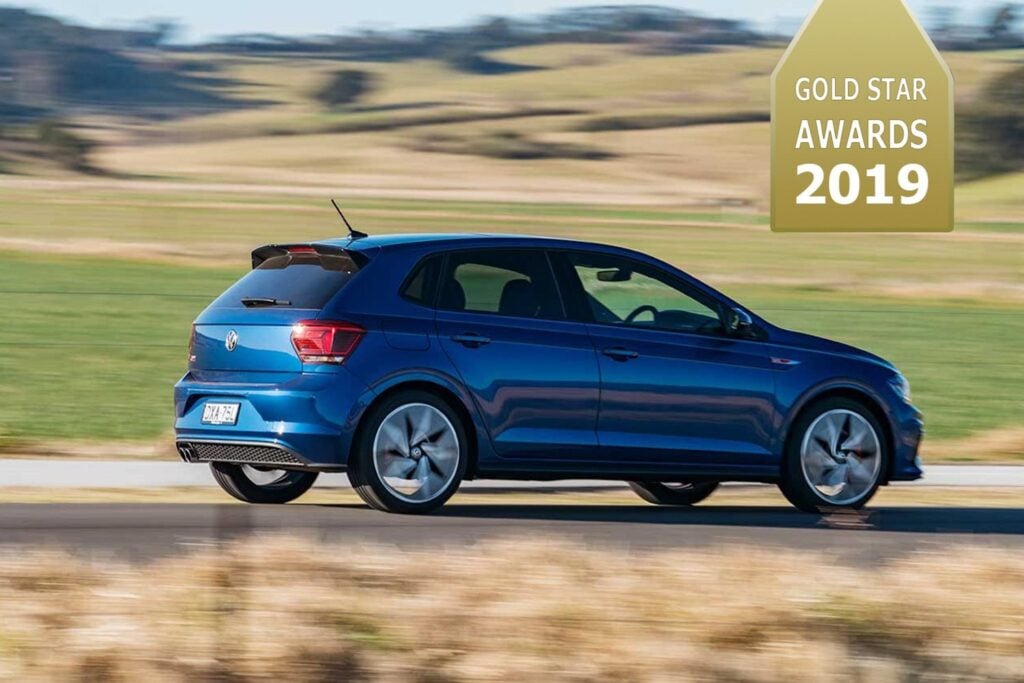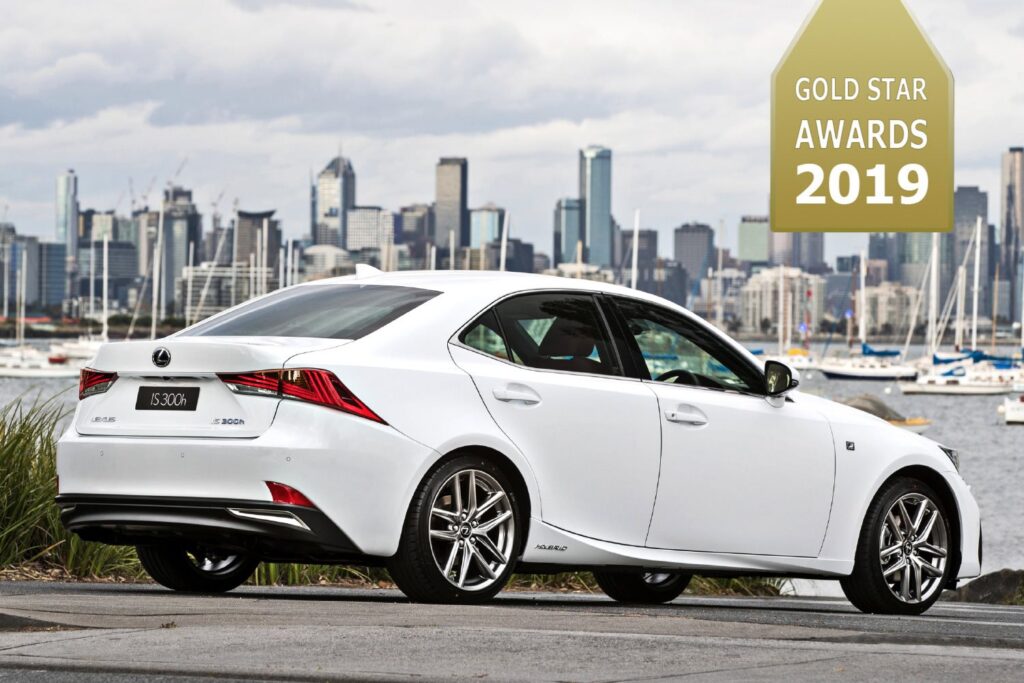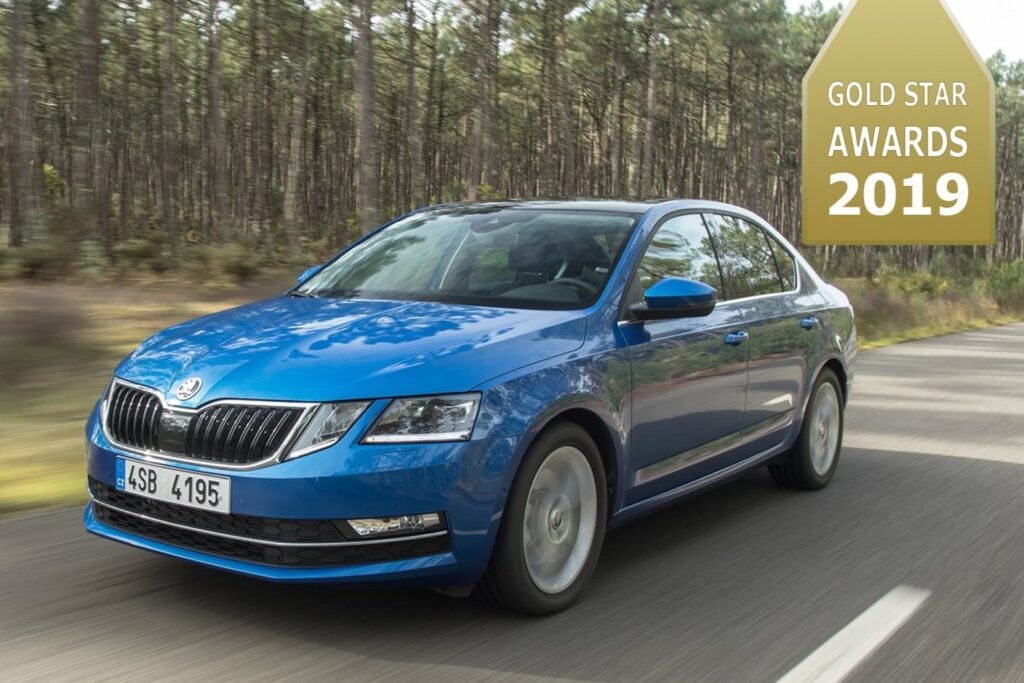Make your car pay its way
Make your car more affordable by turning it into a money spinner.
Consider joining a ride-sharing service like Uber; according to comparison site Finder, Uber drivers earn an average of $35 to $40 per hour before Uber takes its 25 percent cut. Your car needs to be less than 10 years old, have air-con and four doors, and be in great shape to register with Uber. Or, become an Airtasker and use your car to earn some coin by delivering parcels or, if you have a van, moving furniture. Airtasker says it’s possible to earn up to $5000 per month.
If you’d rather let the vehicle do the hard yards, rent your car out through sites like Car Next Door, and pocket $25-$40 a day or up to $100 daily for vans, utes and premium cars. According to Car Next Door, it’s possible to earn up to $7000 a year.
If your car is a head-turner (for the right reasons) turn star power into spare cash by registering your vehicle with a casting agency. Rates vary but Star Cars agency says it’s possible to earn $1000 or more per day if your car is selected to appear in advertisements, films or television.
Financing options
Cars depreciate rapidly so it makes sense to minimise finance charges. But paying in cash won’t always score you a discount. Car retailers worked out long ago that they can make more money per customer by offering dealer finance. That said, if you don’t have the folding stuff on hand, head to lenders like Heritage Bank (5.14%) or First Option Credit Union (4.99%) for wafer thin rates on personal loans secured by a term deposit.
When it comes to traditional car loans, mutuals like credit unions, building societies and customer-owned banks are highly competitive. Check out the likes of IMB (5.99%) and BCU (5.90%) plus non-bank lenders like carloans.com.au (5.44%) for super-low rates.
Dealer finance can seem like an easy option however the best deals (we’re talking near-zero interest rates) tend to be reserved for self-employed borrowers with an ABN. If you’re eligible, watch out for ‘balloon payments’ – a lump sum, often amounting to several thousand dollars, that may fall due at the end of the loan term.
Don’t overlook your home loan as a source of low cost car finance. If you’re ahead with repayments, redraw may be an option. Or it may be possible to draw on home equity through a loan top up or by refinancing to a bigger loan. The downside is that you’re using long-term debt to finance an asset, which (unlike your home), will fall in value over time. That can mean paying a solid overall interest charge on the cost of your car. The only way around this is to pump extra repayments into the loan to pay off the vehicle as quickly as possible.
Negotiating a better price
Getting a good deal on your next car can come down to a blend of good timing and smart negotiating. Peak times of the year for great deals include the end of the month when salespeople can be keen to reach monthly sales targets, and the New Year when dealers are keen to shift cars built the previous year. The release of a new model can also offer opportunities to negotiate savings on the outgoing version.
The end of financial year has been busier than usual recently, as small business owners rushed to take advantage of the $20,000 instant write down on new capital and equipment, yet dealers generally remain hungry for business at this time of year.
Save too by skipping add-ons like premium paint colours (particularly in a lairy hue that may appeal to you but not future buyers), paint protection, and extended dealer warranties. Consumer group Choice says in most cases the standard manufacturer’s warranty is enough. Do your homework on aftermarket accessories such as roof racks and window tinting. It’s possible to organise these yourself for a lower price.
Novated leases
Where businesses want to offer an extra incentive to employees, salary packaging is a popular solution. Mark Chapman, director of tax communications at H&R Block, explains the typical way to salary package a car is by way of a novated lease. This is a way for an employee to buy a new or used car and have their employer take care of the cost of the lease repayments.
The employer makes repayments to the leasing company out of the employee’s pre-tax salary in a salary-sacrifice arrangement which reduces the employee’s taxable income figure.
The end result is that the employee takes delivery of the car, and their employer agrees to make the lease repayments to the financier as a condition of employment. “Unfortunately, such arrangements also give rise to a car benefit under the fringe benefits tax (FBT) rules and employers typically look to pass some or all of this cost on to employees. As the current FBT rate is 47 percent, there may be little benefit in salary packaging a car unless you pay tax at the highest rate,” says Chapman.
“Note however that you can usually make post-tax contributions to your employer in respect of the running costs of the car which reduces the FBT; that can change the value benefit for some employees on lower tax rates. A novated leasing specialist, or your employer’s HR department, will usually be able to crunch the numbers for you.”
Tax: the right sort of write-off
If you use your car for work or business, you can claim for the costs that you incur. It could also be possible to claim the cost of the car itself. If you run your own business, you may be able to immediately write off the cost of a car costing less than $20,000. More expensive vehicles (and all vehicles used by employees) are depreciated over several years. There are two ways to work out your claim – cents per kilometre and logbook:
- Cents per kilometre. Claim a flat rate of 66c per kilometre for every business kilometre you cover. You’ll need to keep a diary of all work-related journeys so you can work out how many kilometres you’ve travelled for work. This method can only be used for claims up to 5000km per vehicle.
- Logbook. Claim the actual expenses you’ve incurred in running your vehicle for work or business, such as fuel, servicing, insurance and depreciation. To work out your claim, you’ll need to keep a logbook for a representative 12-week period, in which you record all your work journeys in order to calculate your work-related use percentage. You’ll also need to keep receipts and invoices for everything you spend on your car.
Car insurance – five things you should know
1. Find out what’s included as part of the cover at no extra cost. Examples are free car rental for up to 14 days if your car is stolen, cover for personal property in the car, and accom/travel expenses if you’re over 100km from home.
2. Understand the exclusions. For example, if the car is driven by an unlicenced driver or someone under the influence of drugs or alcohol, you might not be covered.
3. If you are insuring a brand new car, ask whether you get new-for-old replacement in the event of total loss. This will mean that if your car is written off in the first 12 (or 24) months of its original registration, the insurer will replace it with a new one including all the on-road costs.
4. If you’re paying monthly, ensure you keep your payments up to date. If you don’t it could jeopardise any claim that might arise.
5. Understand the difference between agreed- and market-value. With an agreed-value policy your car is insured for a set amount. So if the agreed value is $32,000 and your car is a total loss/write-off (ie. stolen and never found or damaged beyond repair) the insurer will pay you $32,000. With a market-value policy the value of the car is determined based on what it would cost to buy a car of the same make and model in similar condition at that point in time.





